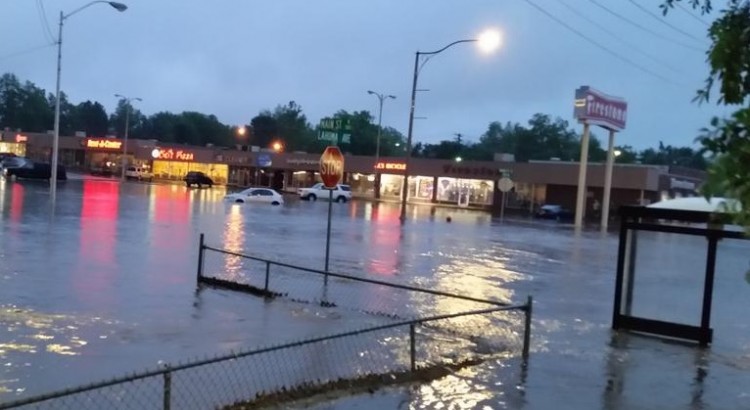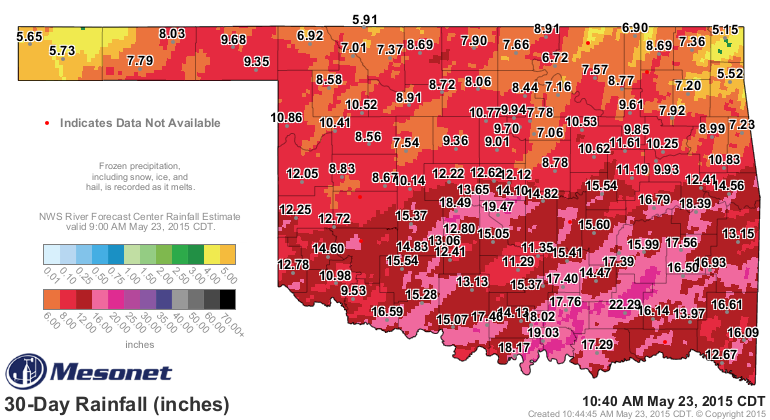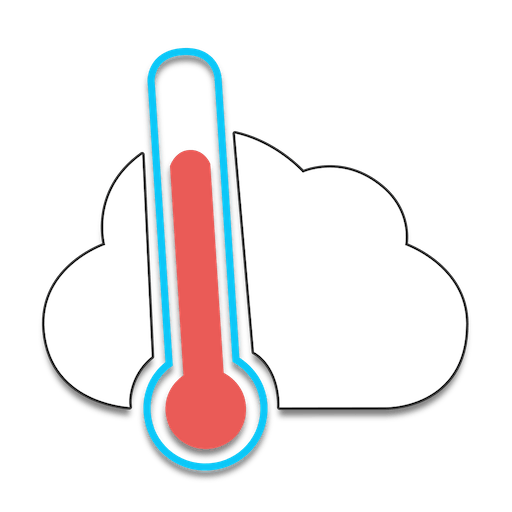The weather this week will continue from where the weekend left off as warm and mainly sunny conditions prevail. Temperatures will remain in the upper twenties, before dropping off a bit mid-week.
Monday
Today will be mainly sunny, although some upper-level cloud may drift through southern Manitoba as a result of a large weather system to our south. Other than that, there isn’t much weather to discuss for today. Temperatures will climb into the upper twenties and winds will remain light.
Tuesday
Tuesday looks to remain quite warm, with temperatures once again reaching the upper twenties. During the afternoon it is expected that the atmosphere will destabilize a bit due to slightly higher humidity and daytime heating. This may result in the development of some showers and thunderstorms. Any storms that do develop will be weak with only very small hail and/or brief gusty winds being possible.
Wednesday
A cold front will pass through southern Manitoba on Wednesday morning, ushering in slightly cooler temperatures. Highs are expected to be in the low to mid twenties under mainly sunny skies. There may be some light showers associated with the passage of the cold front, but other than that no significant weather is expected.
Long Range
The long range forecast suggests we’ll generally stick with above-normal temperatures, although not necessarily as warm as it has been recently. Highs will more likely reside in the low to mid twenties, although the occasional jump into the upper twenties is certainly possible.


